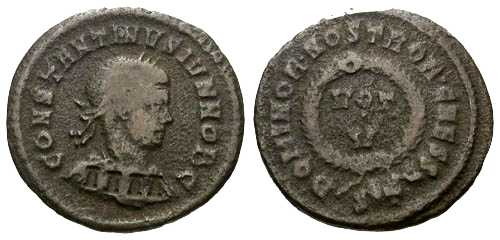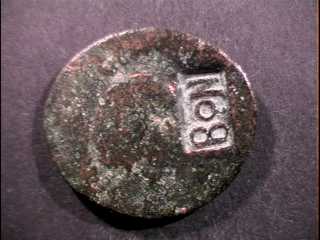
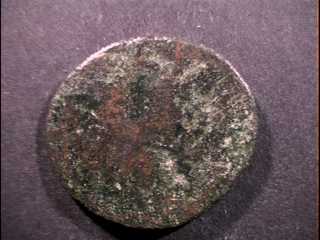
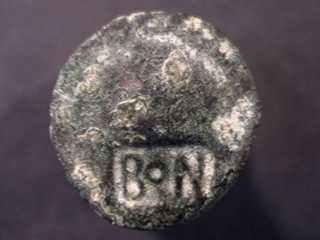
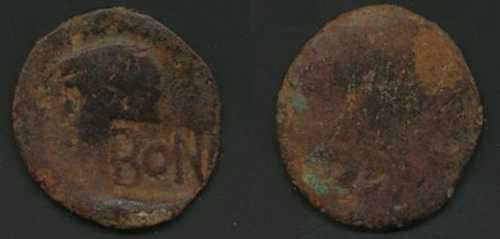
 Museum of Countermarks on Roman Coins
Museum of Countermarks on Roman Coins
6. Denominational Countermarks on Julio-Claudian Coins
This section covers
"BON"
(Martini Pangerl Collection 42)
"PROB" (countermark Martini
Pangerl Collection
2, MPC 23), "ROB" as variant
of PROB
"PRO" (countermark Martini
Pangerl Collection
48)
"PRO" plus "IMP" (countermark
Martini Pangerl Collection 47), "BON"
(Martini Pangerl
Collection 42), "TIAV"
(Martini Pangerl Collection
54),
"DV" (countermark Martini
Pangerl Collection 85)
"DVP" (countermark Martini
Pangerl Collection
46)
"AS" (countermark Martini
Pangerl Collection 39)
"S" (countermark Martini
Pangerl Collection 4)
"XLII" on a Galba As
"IIII" on a Constantine II AE
coin
These are countermarks giving
worn and imitation coins
from the Julio-Claudian period official value, sometimes downgrading
them
from e.g Sestertius to a Dupondius, or from a Dupond to an As.
The countermarks could be as early as
Claudius, and as
late as Titus, Nerva, or even Trajan
"BON" on
Claudius (?), likely from Nijmegen,
NL (countermark Martini
Pangerl Collection 42)




"BON" on Antonia
Dupondius
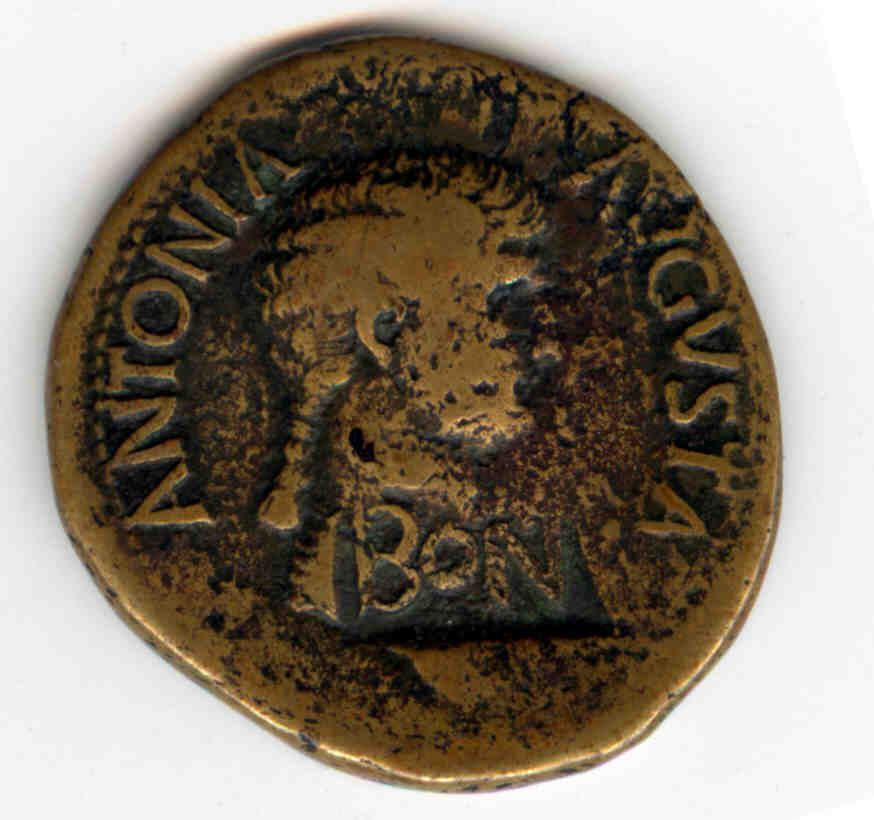
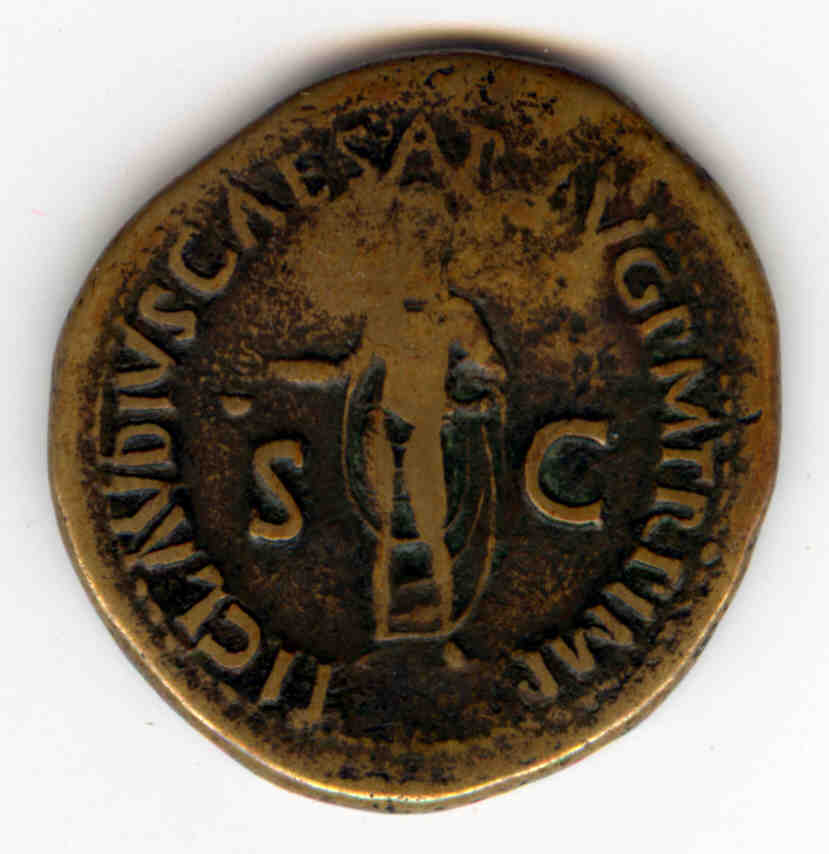
"PROB"
for Probare on Claudius Sestertius
(4 examples) (countermark Martini
Pangerl Collection
2, MPC 23)
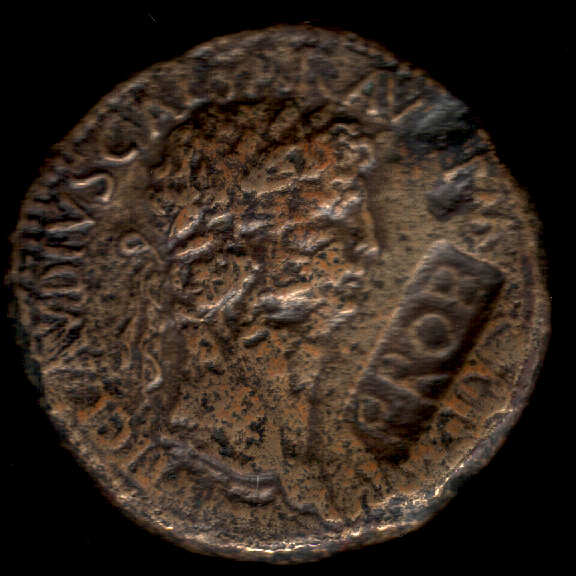
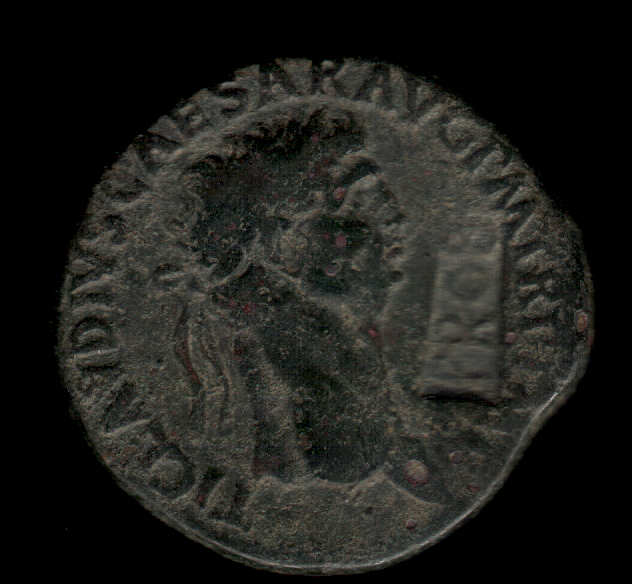
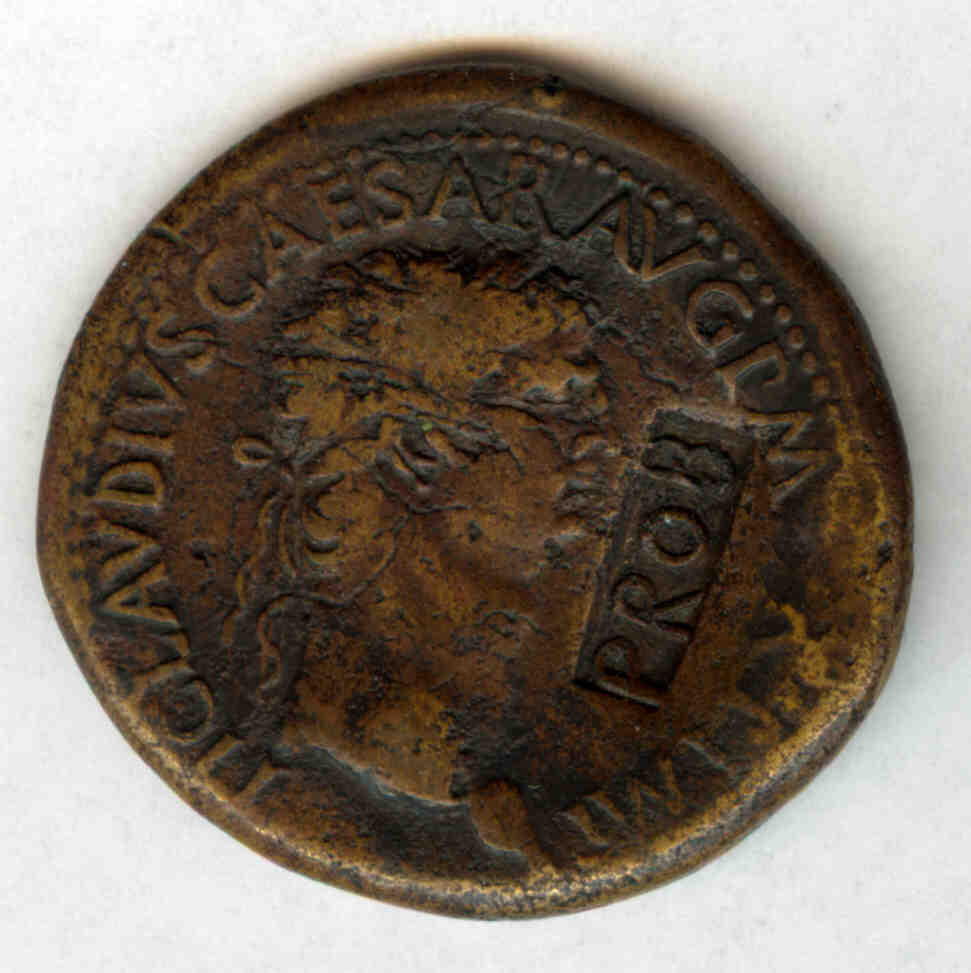
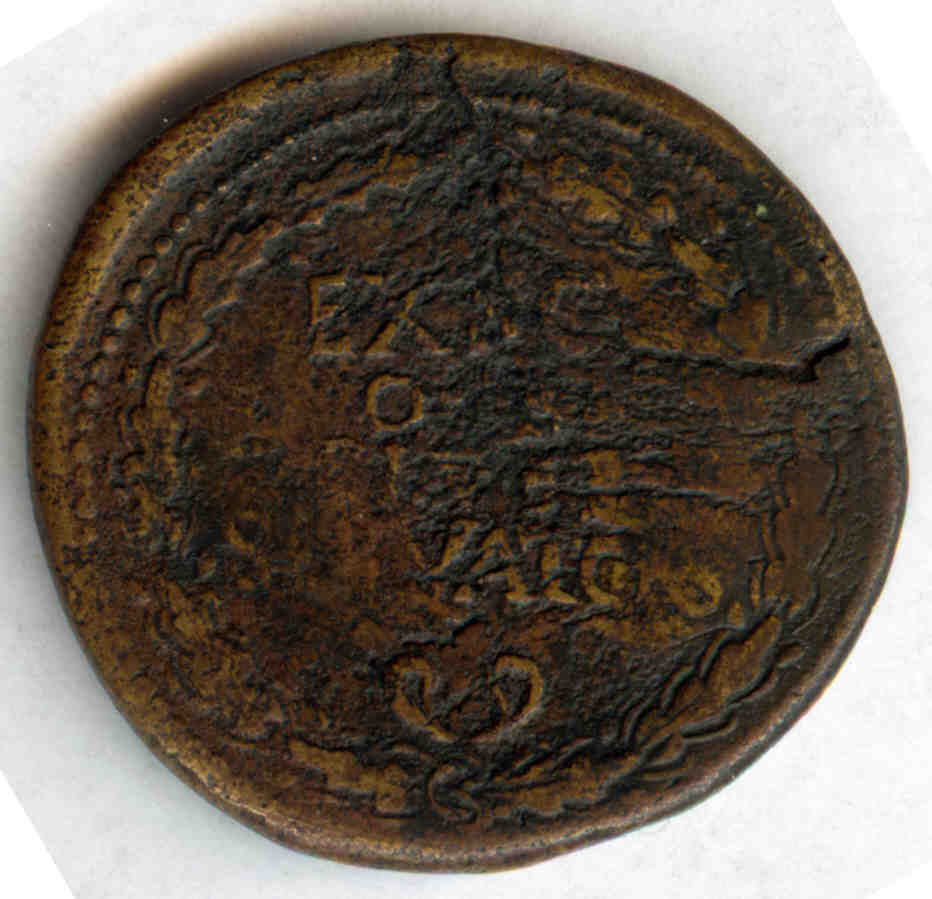
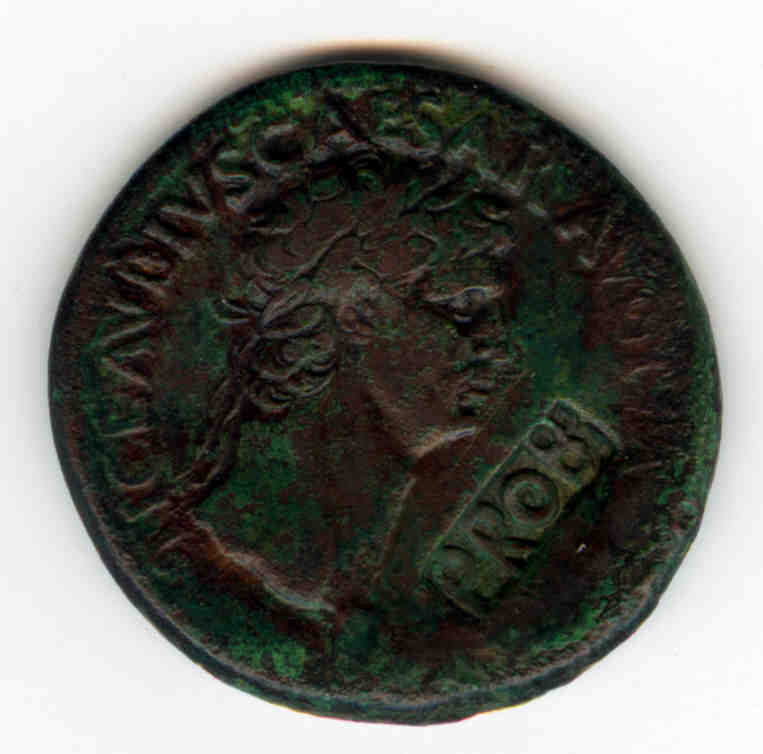
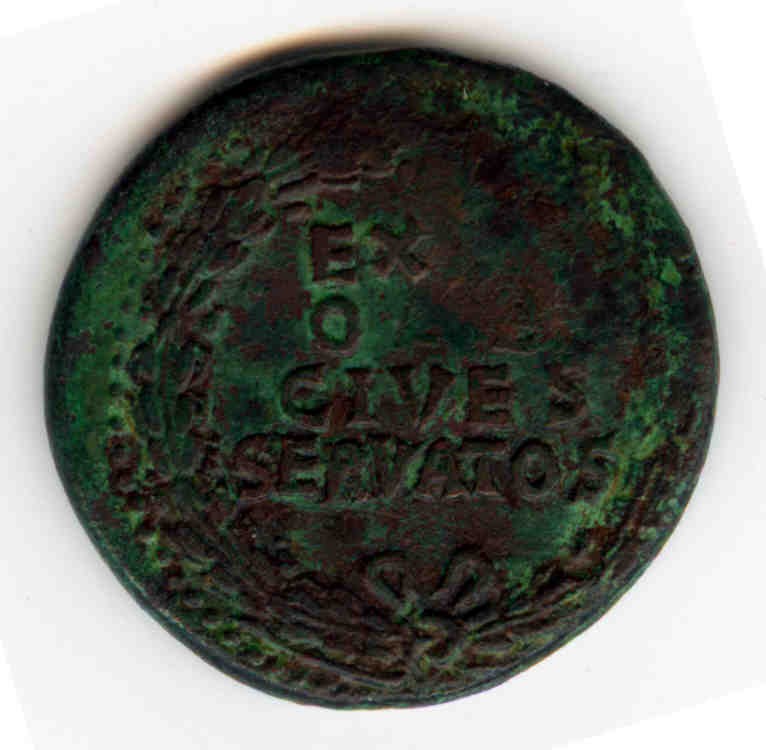
"ROB",
a variant of "PROB"
with the same meaning, on a Claudius Sestertius
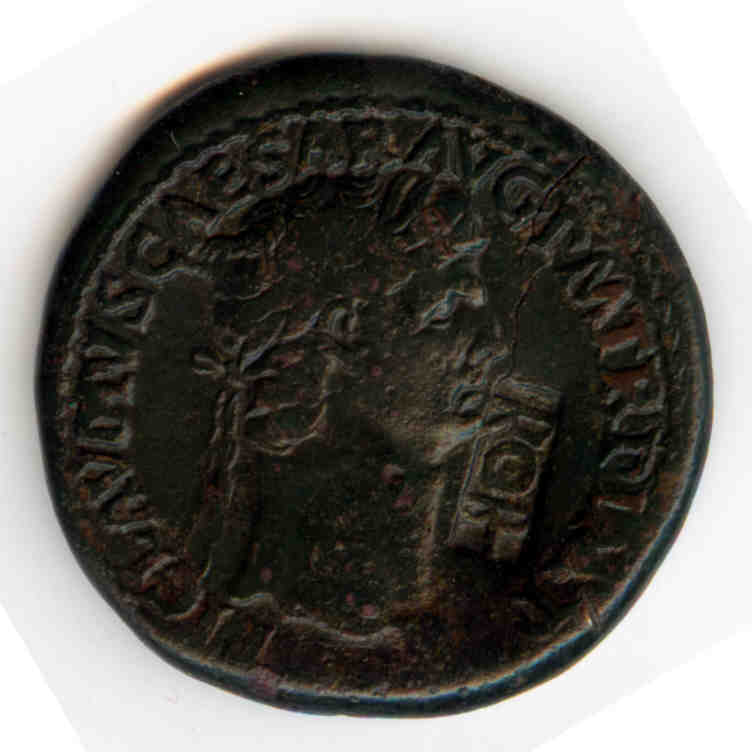
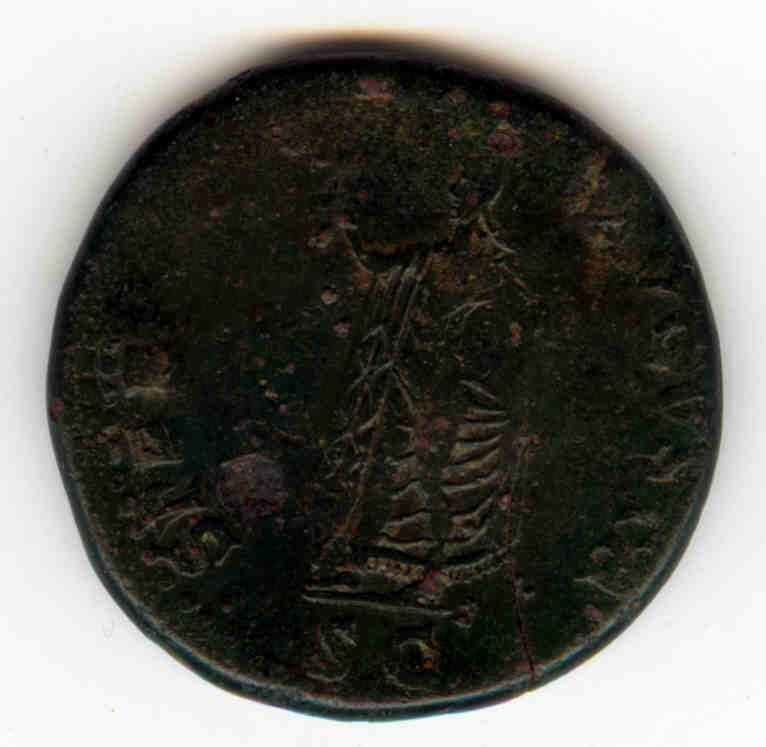
"PRO"
and "IMP"
on Claudius sestertius, Germania Inferior (Noviomagus ?)
"PRO" (countermark Martini
Pangerl Collection 48), "IMP" (countermark Martini
Pangerl Collection 47)
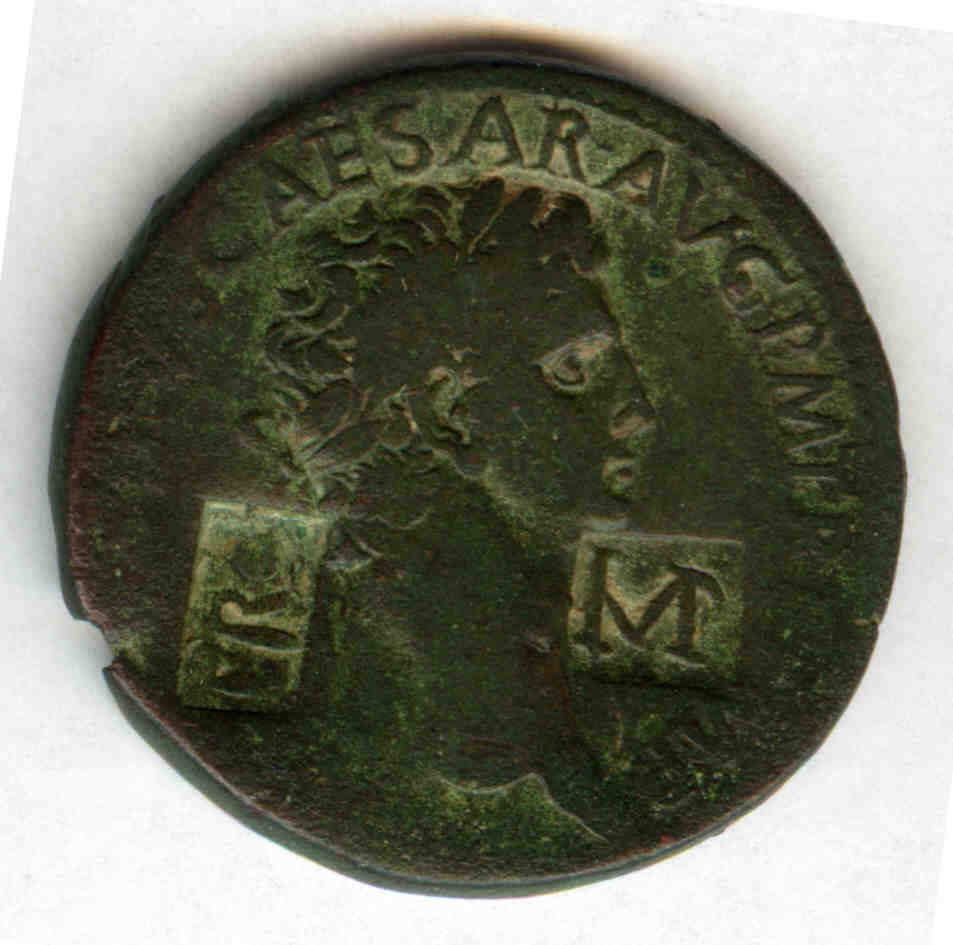
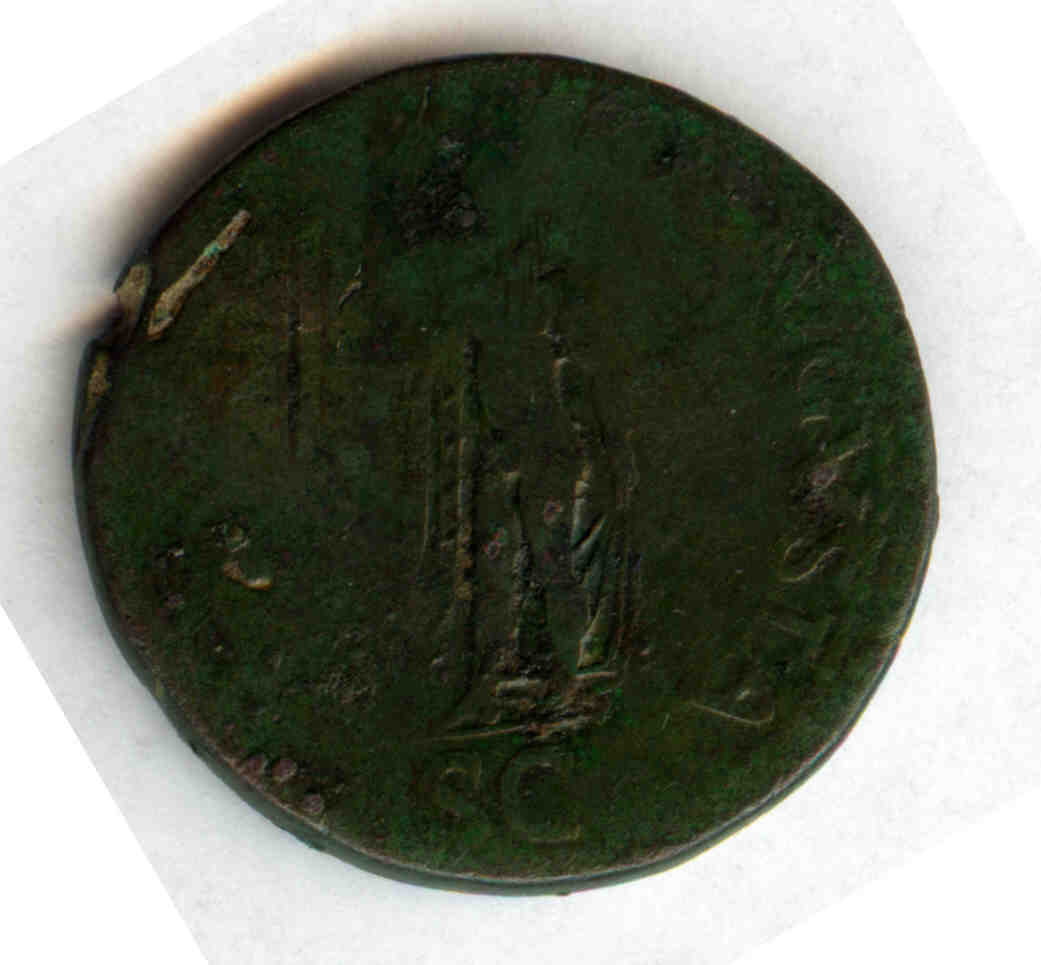
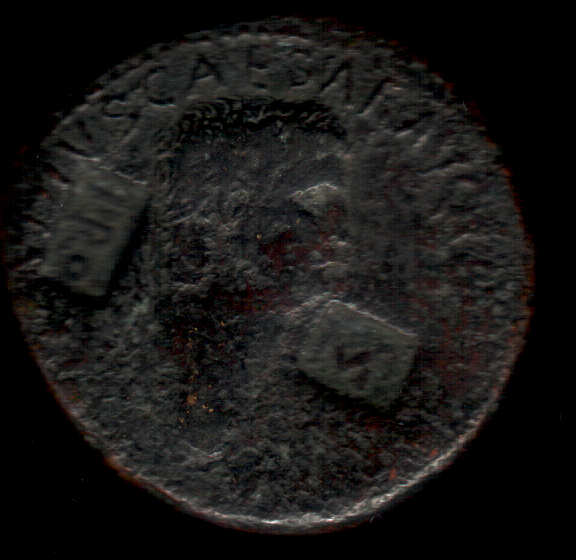 a second one
a second one
"PRO" and "IMP" on Claudius Dupond (CERES reverse),
countermarks likely
from Nijmegen or Xanten
another example, IMP in mirrorwriting
"BON, PRO, IMP"
on an AEs of Claudius
"PRO" (countermarkMartini Pangerl
Collection 48), "IMP" (countermark Martini
Pangerl Collection 47), "BON"
(Martini
Pangerl Collection 42)
to the left a Sestertius, to the right a dupondius
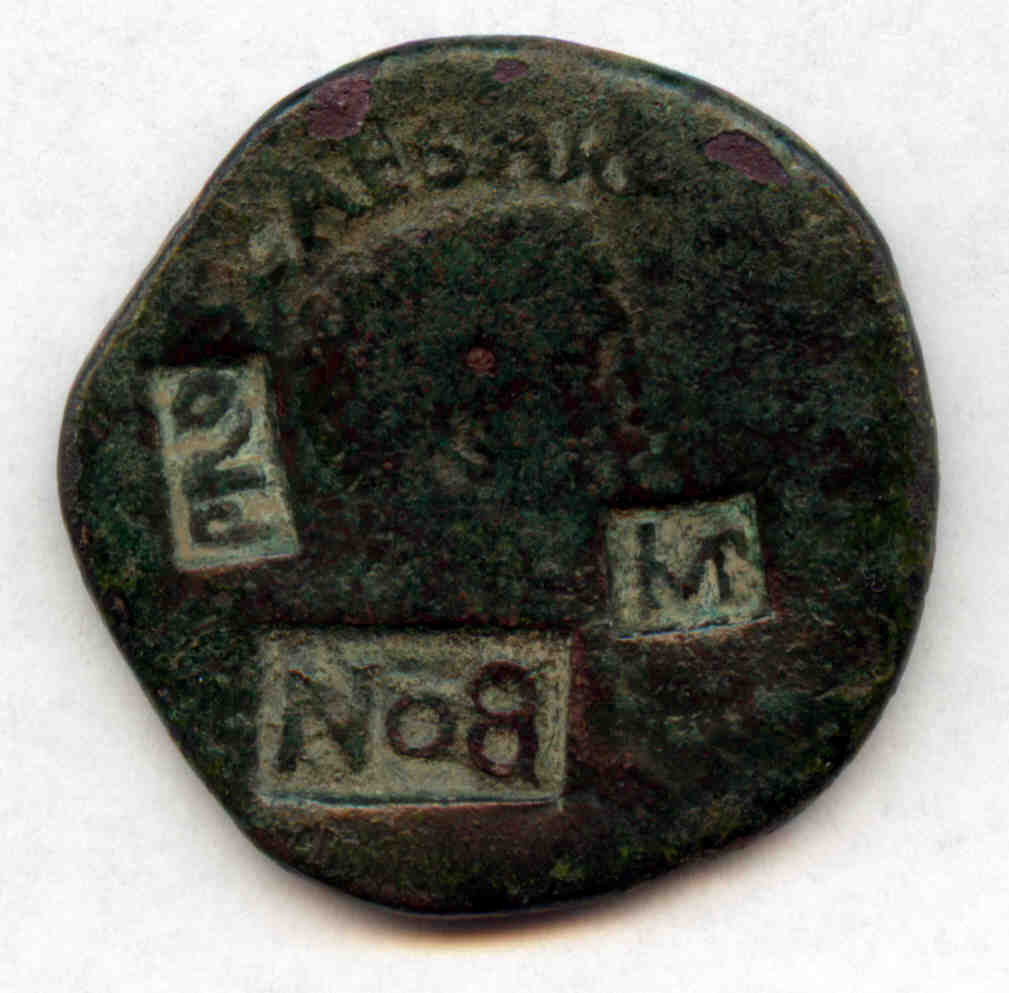
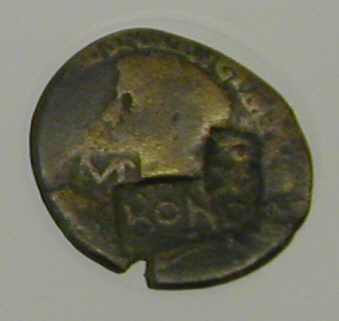
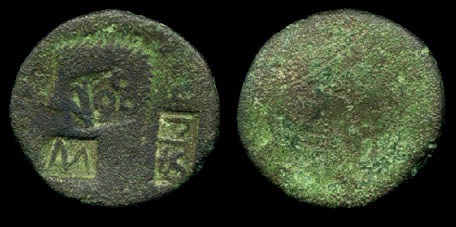 dupondius with
atypical positioning of the countermarks
dupondius with
atypical positioning of the countermarks
"TIAV, PRO, IMP"
on Sestertius of Claudius
"PRO" (countermark Martini
Pangerl Collection 48), "IMP" (countermark Martini
Pangerl Collection 47), "TIAV" (Martini
Pangerl Collection 54)
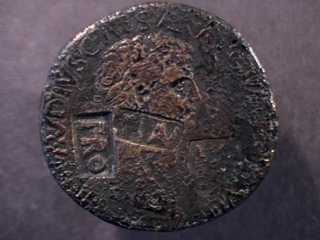
"TIAV, BON, PRO, IMP"
on Sestertius of Claudius
"PRO" (countermark Martini
Pangerl Collection 48), "BON"
(Martini
Pangerl Collection 42), "IMP" (countermark Martini
Pangerl Collection 47), "TIAV" (Martini
Pangerl Collection 54)
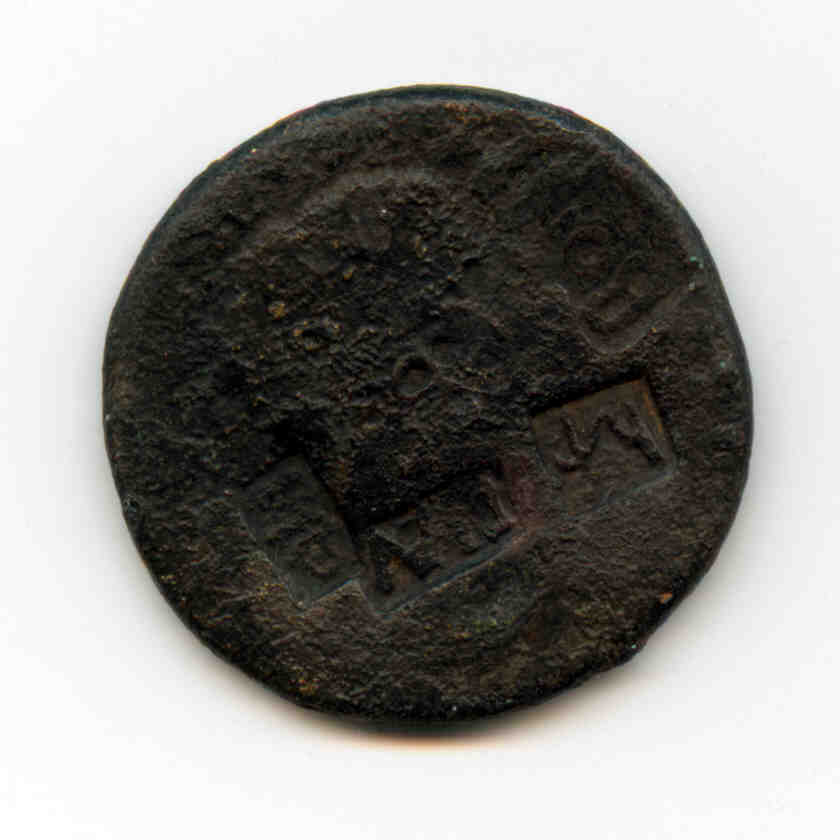
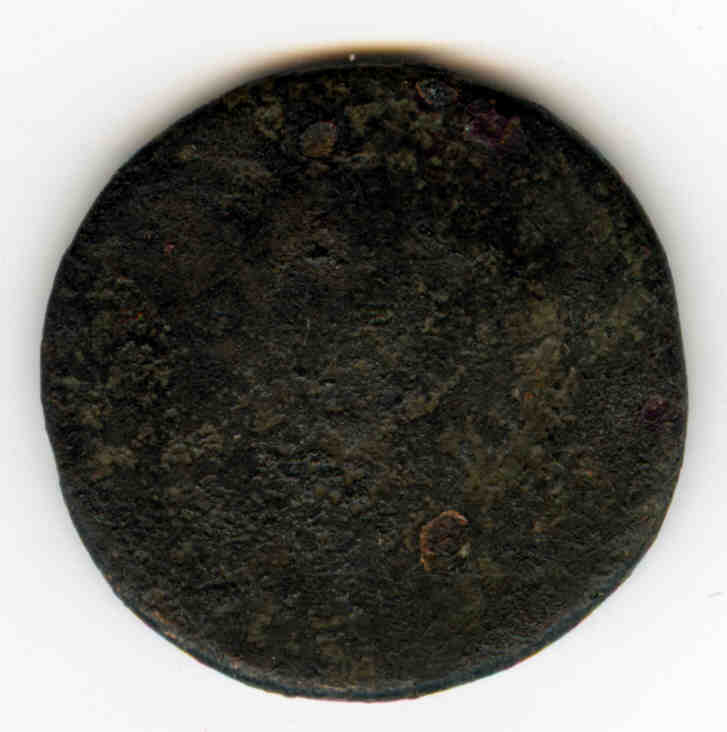
Countermarks downgrading worn or
imitation AE coins from
the Julio-Claudian Period
"DV"
and punch on obverse of an imitation
(or Gallic) Sestertius of Claudius. "DV" is commonly found in the
Pannonian/Moesia
region and downgrades this underweight Sestertius to a DVpondius.
(countermarkMartini
Pangerl Collection 85)
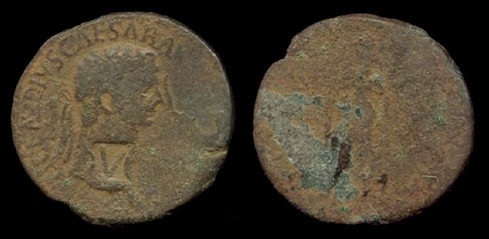
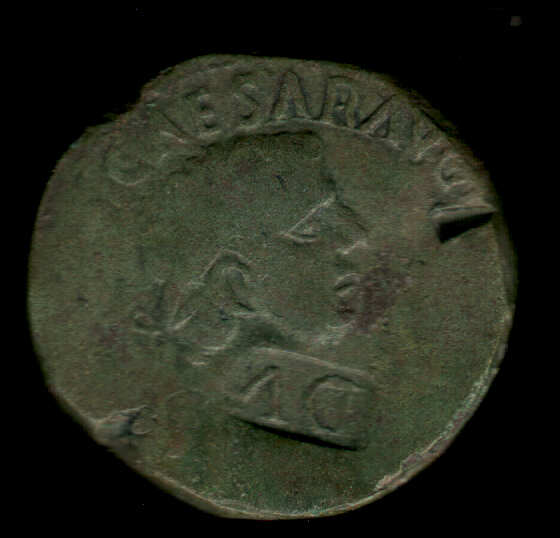
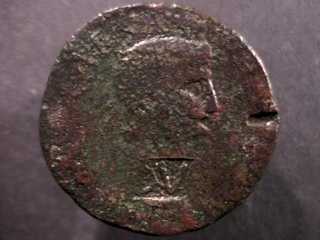
more "DV" countermarks on
Claudius Sesterti from
Moesia region

"DV DV DV" on a
Claudius sestertius
"DV" on an imitation
coin of Tiberius, while it
is normally on imitation coins of Claudius
Halved coin with "DV" countermark
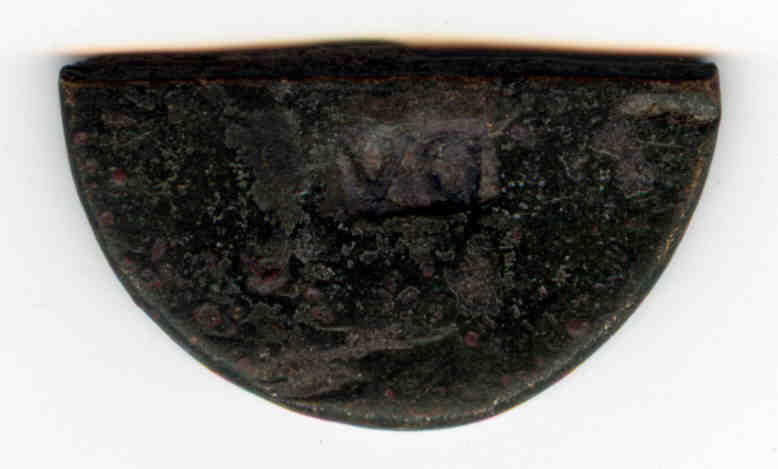
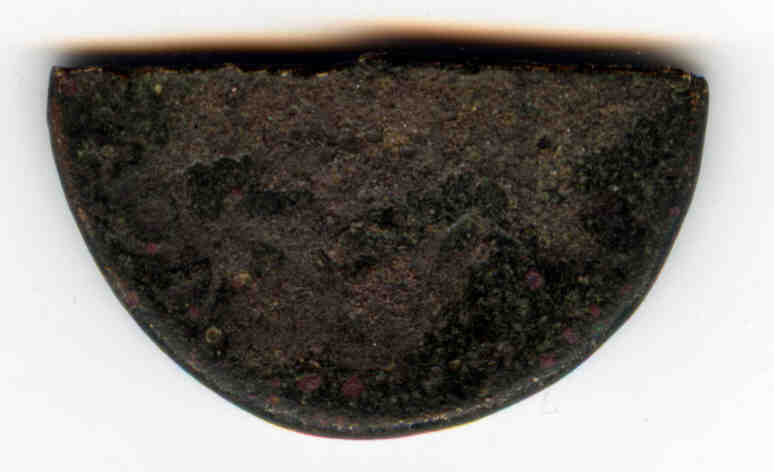
"DV" on a brokage coin
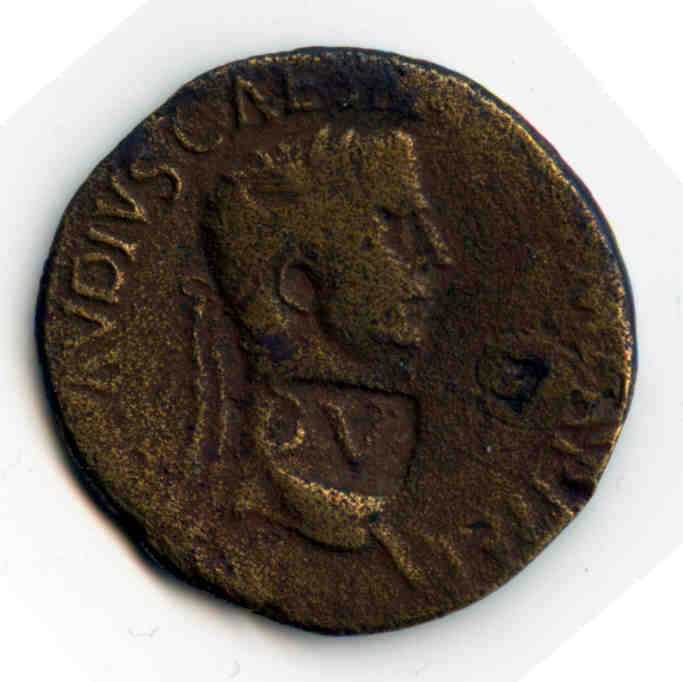
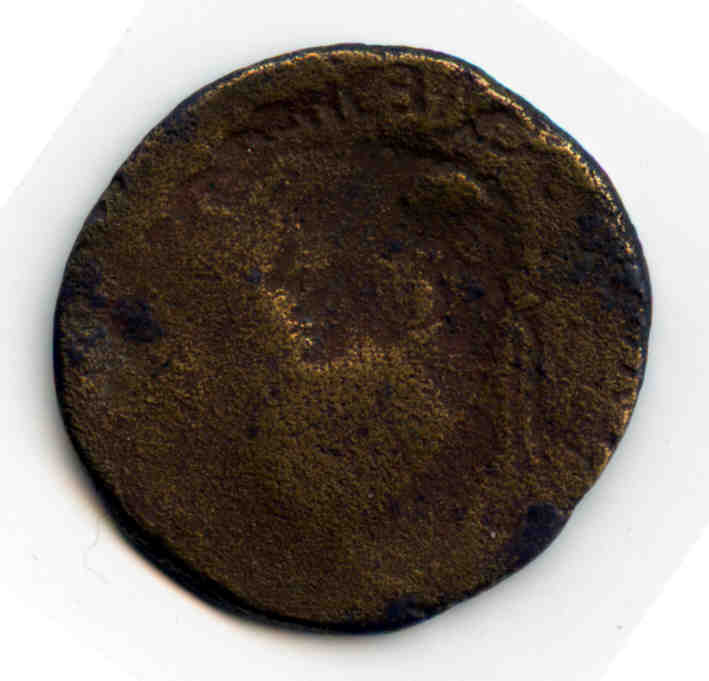
more "DV" countermarks on
Claudius sesterti
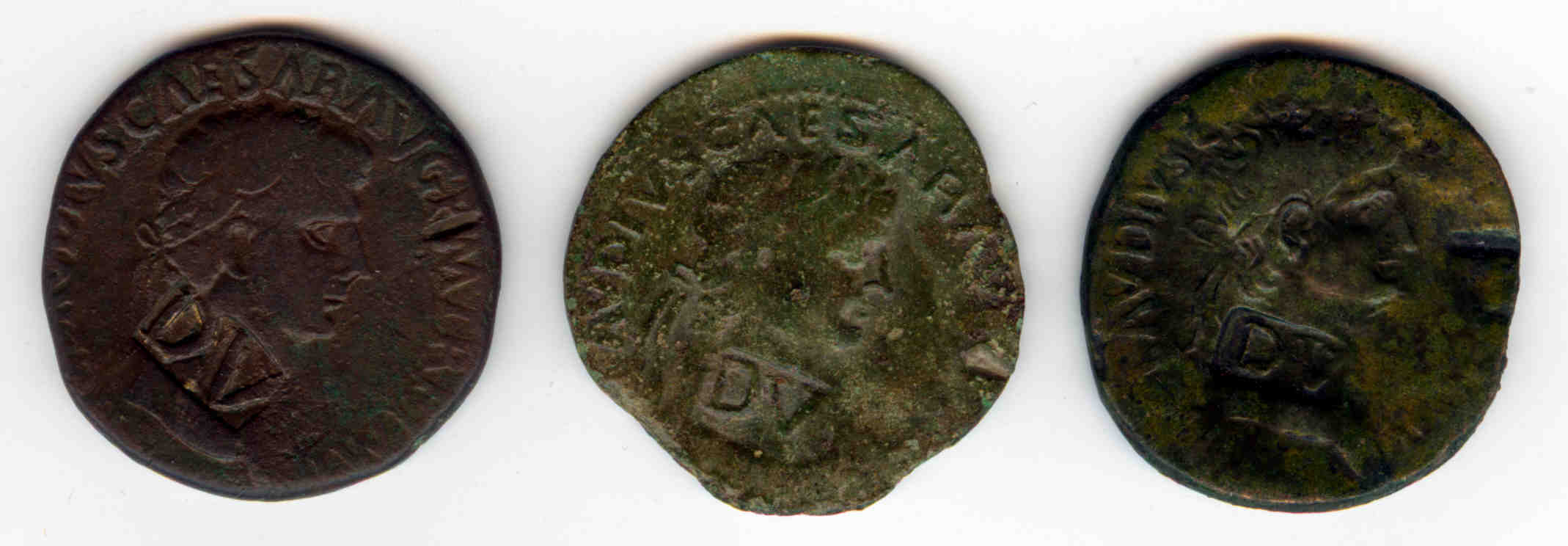
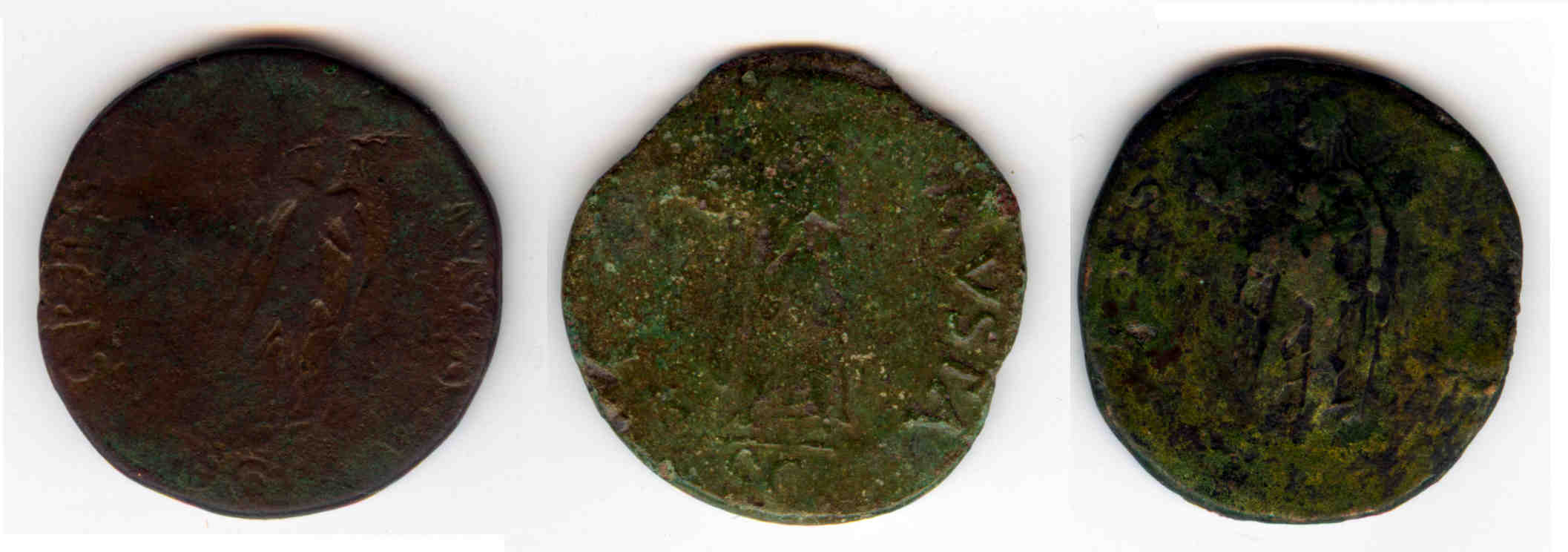
"DVP"
Similiar countermarks
are found in the Rhine region, but as "DVP & punch" on the
reverse
of Sesterti (countermark Martini
Pangerl Collection
46)
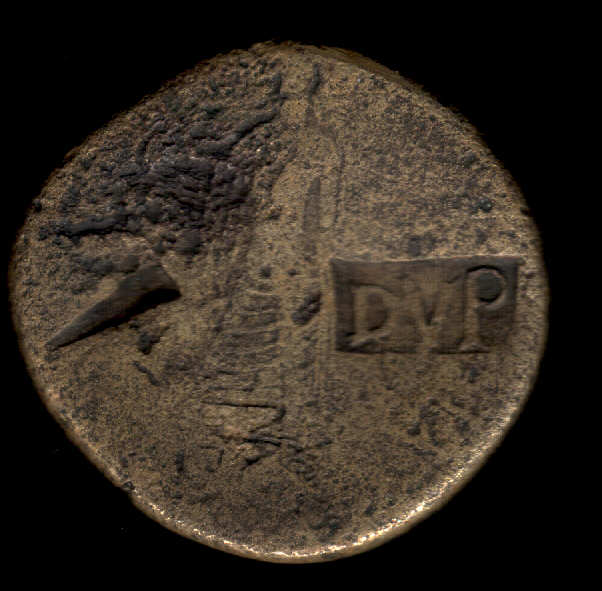
and as "AS"
& punch" on Dupondii downgrading
these to an As. (countermark Martini
Pangerl Collection
39)
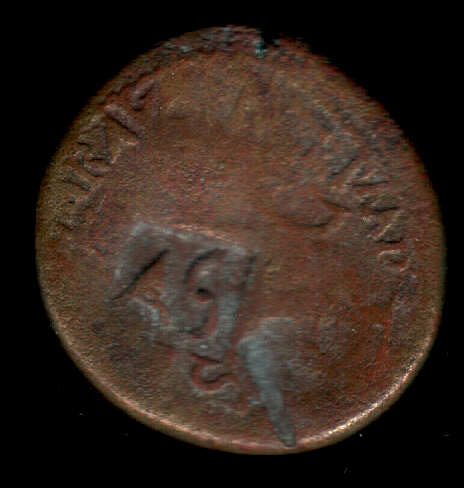
The "S"
punch on the coin below likely downgrades
this worn As to a Semis (countermark Martini
Pangerl
Collection 4)
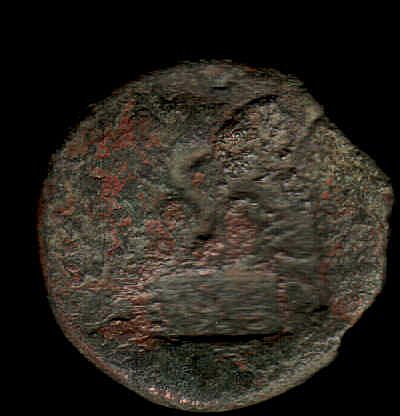
More "S" below, the upper maybe is rather a stylized dolphin ?
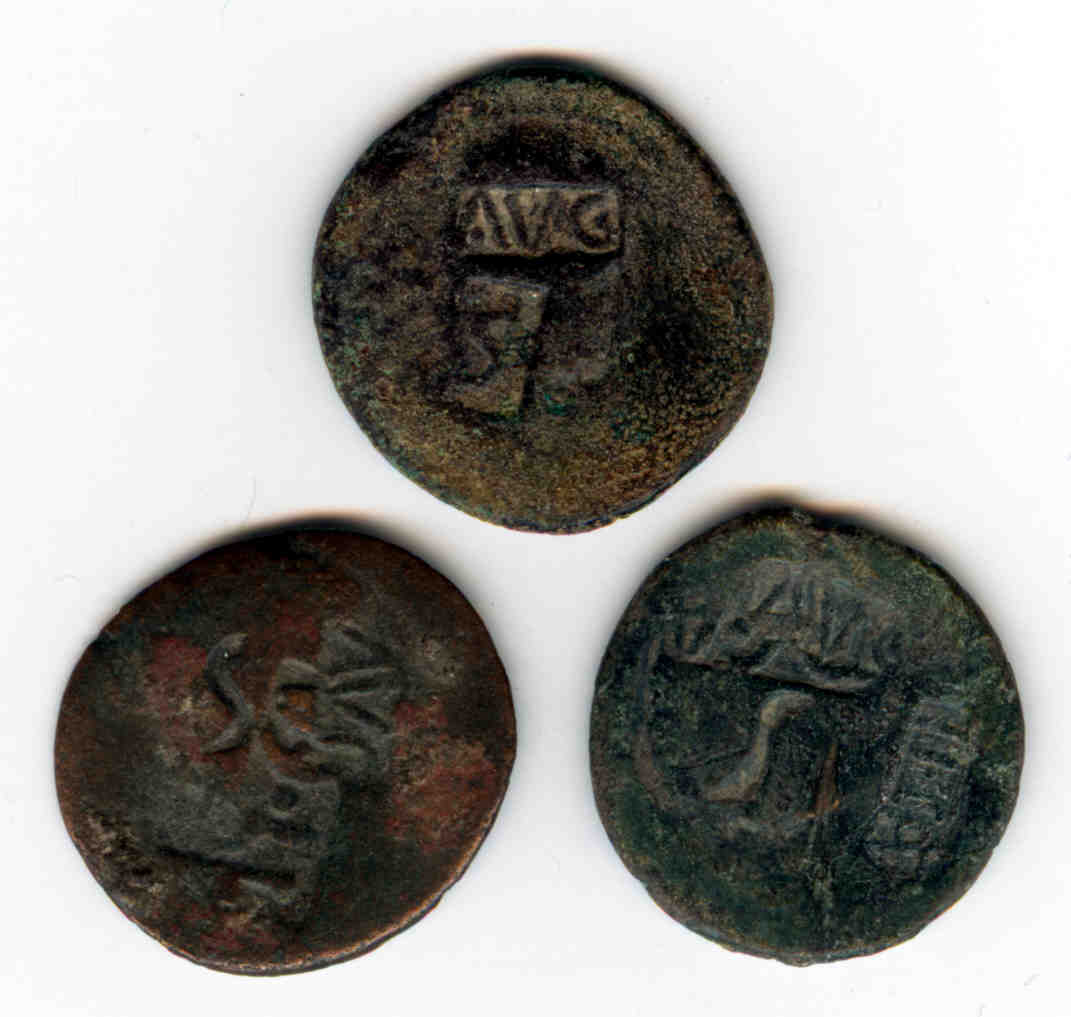
"XLII"
on a Galba As. After
the Western Empire had collapsed, Germanic kingdoms took its place it
Italy
and Northern Africa. The Vandals started minting bronze coins with the
denominations
of 1, 4,
12, 21,
42, and 83 Nummi, and apparently
also brought Sesterti
and Dupondi of the first and second centrury AD back into circulation
marking
their value in Nummi. Such marks are thus known on Sesterti as 83 Nummi
(LXXXIII) and on Dupondi as 42 Nummi (XLII). Most interesting in that
they
prove coins still being in (or having been brought back into)
circulation
some 500 years after their initial issue. Unpublished is the below
example
of a IIII mark on a Constantine AE likely belonging to this issue also.
Contrary to these Vandalic issues the Ostrogoths
in Italy under Theoderic and his successors seem to have
issued bronze
along the Byzantine monetary system with 5 (V), 10 (X), 20 (XX), and 40
(XL) nummi coins, often with the legend ROMA
INVICTA.
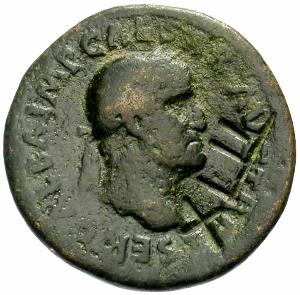
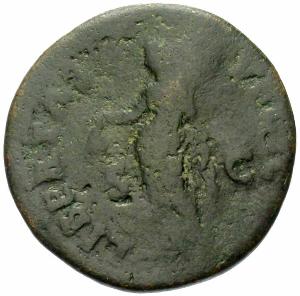
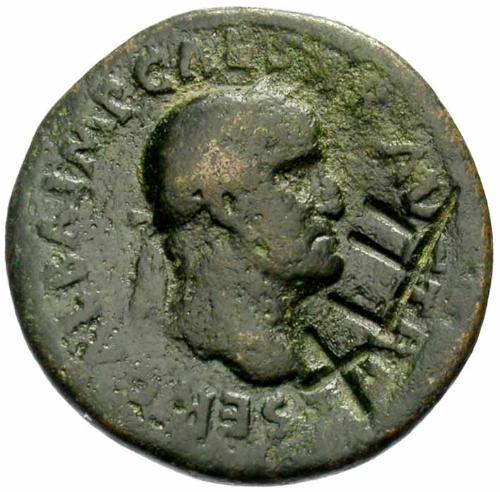
actually not a countermark, but cut into the coin
Below countermark "IIII"
on a Constantine II coin, possible Vandalic
issue
for 4 Nummi.
